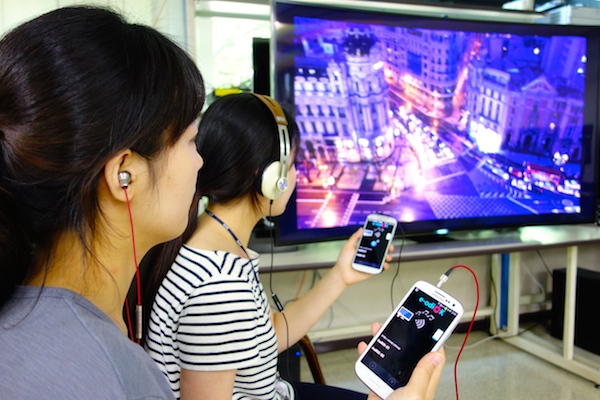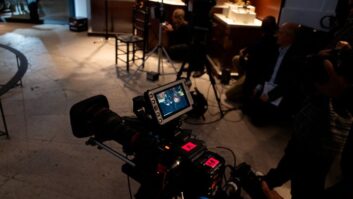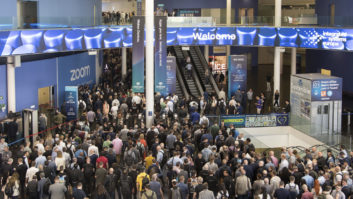
The IBC Future Zone, outside Hall 8, is the place to spot the killer products for future years. The best of the research labs and universities are invited to showcase their prototypes and discuss their thinking.
Some projects may not get beyond this prototype, while others may be the hit product of IBC in 2020. The researchers presenting their projects are keen to get feedback on what they are doing, so a visit to the IBC Future Zone gives you the chance to influence this work.
This year’s IBC Future Zone features eleven projects. 4EVER is a French collaboration between universities and industry, looking at the quality of experience in ultra-high definition television and the HEVC codec.
BBC Research & Development is showing its work in object-based media, panoramic imaging and automated metadata extraction. Additionally, for a look at the connected life and the internet of everything, visit Cisco and its partners.
DAVID is an EU project looking at preventing damage and managing repairs in digital audiovisual archives, balancing content quality, risks of loss and long-term costs. From Korea the Electronics and Telecommunications Research Institute (ETRI) is showcasing some of its broadcast and media work, which concentrates on ultra-realistic media, including 3D, ultra high definition and panoramic video, and holography.
Also looking at new immersive display systems, the MPEG project is showing FTV – Free Viewpoint Television. This allows the viewer to move their viewpoint around in a 3D scene: could this finally be the Holodeck? For viewers who want to explore further information around a broadcast, LinkedTV is a solution which links web content to broadcast television, and will be demonstrated with news from German station RBB and cultural programming from Dutch station AVRO.
A regular and very welcome guest at IBC is Japanese national broadcaster NHK, showing the latest developments in Super Hi-Vision, its 8k television system. Technological advances this year include high frame rate capture and display, all linked by a single fibre. Also from Japan, NTT will be showing its latest work in robust IP transmission using MMPEG Media Transport, MMT, expected to be one of the key technologies in next-generation codecs.
China is becoming a powerhouse for new technologies, and taking its place in the IBC Future Zone is the Academy of Broadcasting Science (ABS), part of the State Administration of Press Publication, Radio, Film and Television. It will be showing some of the broad range of projects it is currently researching.
Finally, and from rather closer to Amsterdam, VRT Research & Innovation is part of the public broadcaster in Belgium. Work on show from VRT includes multi-platform production, personalisation, enhancing the sense of “being there” at a live event, and managing archives.
Alongside these practical demonstrations will be the poster section of the IBC Conference. These are ideas submitted to the peer reviewers of the technical papers committee that are best published in a discussion format. The papers are displayed and their authors are available to discuss their ideas – which might make it in prototype form at next year’s IBC Future Zone.
The zone is open to all IBC attendees and runs throughout the exhibition hours. You can find this feature area in the Park Foyer, near Hall 8.







